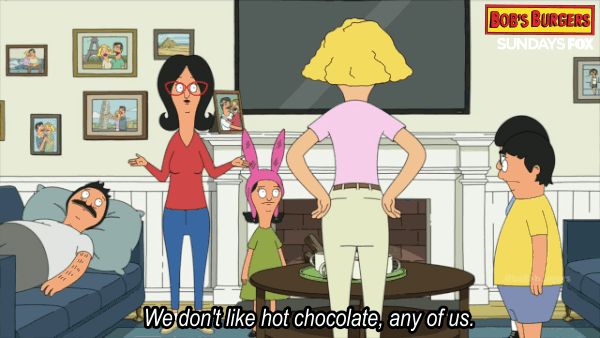

In Depression-era Mississippi, Millie Reynolds longs to escape the madness that marks her world. With an abusive father and a “nothing mama,” she struggles to find a place where she really belongs. For answers, Millie turns to the Gypsies who caravan through town each spring. The travelers lead Millie to a key that unlocks generations of shocking family secrets. When tragedy strikes, the mysterious contents of the box give Millie the tools she needs to break her family’s longstanding cycle of madness and abuse. Through it all, Millie experiences the thrill of first love while fighting to trust the God she believes has abandoned her. With the power of forgiveness, can Millie finally make her way into the free?
Amazon.com
POTENTIAL TRIGGER WARNING: This novel includes scenes of domestic abuse, rape, suicide and violence towards animals.
In Depression Era Mississippi, Millie Reynolds is a young girl dreaming of the day when she can escape her oppressive life with an abusive, alcoholic father and and a mother who refuses to stand up to him. Millie is of mixed race, her father being Choctaw, her white mother disowned by her well-off family for marrying him.
For six years straight, Millie watches a band of Travelers roll through town each spring, but one year she plucks up the courage to actually speak with them. She ends up befriending River, a young man within the group. Millie grows increasingly drawn to him, especially his deep love for nature and literature. One day, River suggests Millie go with the Traveler group (most referred to as gypsies in this story, but see the note at the bottom of this review) when they get ready to leave again. Just as she's about to take him up on the offer, tragedy strikes and within just a few short months, Millie (still under age, btw) finds herself orphaned.
"She's not crazy. She's just sad. You would be too. How would you feel? If they hauled you off. In a straight jacket. Just because -- you needed -- to cry -- for a little while?"
Though tempted to stay, River makes the choice to carry on with his group. Millie can't bring herself to go but hopes opportunity will arise soon to bring River back her way. In the meantime, Millie agrees to move in with Diana Miller, the nurse who looked after Millie's mother in the hospital prior to her death. Shortly after moving in, Millie is stunned to find that this one small choice proves pivotal in her finally finding answers to long buried secrets within her own family. Here, of all places! As one of the characters in this duology likes to say, no such thing as coincidence (or so it would seem)!
I'm certain I have never seen such a perfect house in all my life. Everything in its place. No dust on the floor. No broken hinges, hole-punched walls, or mildewed windowpanes. I am intimidated by the sudden lack of chaos. Knowing that life could be like this. That home could mean something secure and safe.
As Millie works through these discoveries and mourns the absence of River, she meets another young man, Kenneth "Bump" Anderson, a skilled veterinarian and horse breaker who worked the same rodeo circuit as Millie's father. Almost immediately, Bump seems enamored with Millie, but of course wants to play it cool. Bump places himself in Millie's path as an honest, reliable, caring friend who gets her a job at the same rodeo. Not only does she get a chance to work with the horses she loves and gain some free therapy out of it, but Bump has an excuse to be around her that much more! While his feelings for her intensify, she's just a big ol' emotional mess inside, unsure of what she really wants out of life anymore. Millie sees and appreciates Bump's steadiness and kind heart, but is that enough when compared to the fire River used to bring out in her?
If only we didn't have to go to church. It's the only time Diana lets me leave the house, and she insists I join their family every Sunday morning. At nine o'clock sharp, we all pile into the third pew to the right... It's the longest hour of my week. Sitting on the cold, hard bench, all dressed up in a fancy new dress, acting a certain way to impress the churchgoers. I do as expected and play the part of a "fine young Christian girl".
But everything about the sermons, the customs, the tithing -- it all seems so hypocritical. Especially when the preacher talks about Indians and how they worship false gods. Says they will burn in hell for eternity, as their ancestors have done before them. Same goes for Mormons, Jews, Catholics. Of course, he also counts unwed mothers and those who have divorced. Negroes, even if they do go to a Christian church. From what I can tell, anyone not white-skinned, baptized, married and putting money into this very offering plate every Sunday is destined to infinite torture. "Heaven must not be a very big place," I whisper to Camille. She laughs and Diana gives us a look.
Of course, suicide results in eternal damnation. And consuming alcohol too. Dancing. Swearing. Even thinking of sin is as bad as committing sin, according to this guy. So, the way I figure it, with Choctaw blood, an alcoholic father, and a mother who used a secret stash of morphine to take her own life, I have no choice but to burn in hell too. Pretty dresses and shiny shoes won't help me.
Despite all that, some folks still hold out hope to save my soul. My name is on the prayer list every week, which means families like Diana's are talking about me over supper, lifting me up to the heavens. The rodeo-trash half-breed.
Though the plot is tinged in sadness and deals with some heavy topics, there is still a pervasive warmth and sense of comfort to the overall tone of the story. Maybe it's Millie's hopefulness that one day all this craziness will make sense. Maybe it's the idea that family doesn't necessarily have to be blood-related. One just finds themselves matching Millie's emotions as they read: you feel for her, struggle with her, yet you can't help but feel optimism for her because it's undeniable that she's got a good support crew around her, even if she doesn't always notice them in the darker moments.
I don't want to end up like Mama, weak and submissive. I also don't want to turn out like Diana, with a lack of trust due to secrets untold. I sure don't want to follow Jack's course, abusive and aggressive, fighting against love and loss even after the chance for a fresh new start. And I don't want to spin out of control like Bill Miller, bitter and vicious because I didn't get my way. Maybe there is another choice... I am here. I am here for a reason. For something more than to just breathe, blink, swallow. I am worthy of happiness and love. Worthy of a good life filled with good people who love me in return. And no one, no one has the right to rob me of that peace.
Our main girl is an admirably, honestly flawed character. Her emotions run hot, she second-guesses herself pretty regularly, she has struggles with faith and gets frustrated with God. But through it all her heart is in the right place. She honestly cares for everyone in her life, even those who wrong her. Millie's story is an illustration of learning to never let anyone tamp out your inner light, steal your smile, etc. Through Millie's experiences, author Julie Cantrell also lightly plays with the topic of afterlife and the thin veil between those we've lost and how they continue to help us on this plane. An additional reminder to readers that you're never quite as alone as you might sometimes feel.
* Note on the term "gypsy": At the end of this book, author Julie Cantrell includes a note which explains that while the term "gypsy" is actually considered derogatory throughout most of Traveler or Romany culture, for historical accuracy she decided to keep it in the text.
* For Book Groups: the most recently published paperback edition includes pages of in-depth discussion questions, an author interview, and a "Just For Book Groups" section where Cantrell encourages groups to reach out to her (via social media) with requests for video chats / interviews.
Something else to note -- while another of Cantrell's books, The Feathered Bone, has been packaged to match the new covers of Into The Free and its sequel When Mountains Move, I believe The Feathered Bone is actually not tied to Millie's story, but in fact its own separate story.

FTC Disclaimer: TNZ Fiction Guild kindly provided me with a complimentary copy of this book in exchange for an honest review. The opinions above are entirely my own.
_____________
My reviews for Julie Cantrell's other books:
When Mountains Move (Free #2)








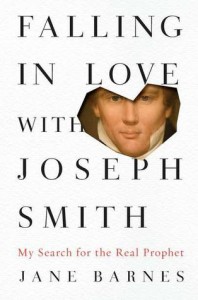
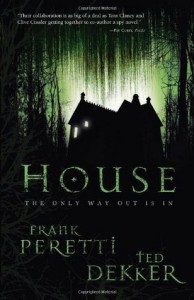






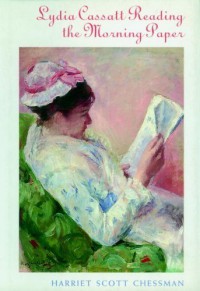
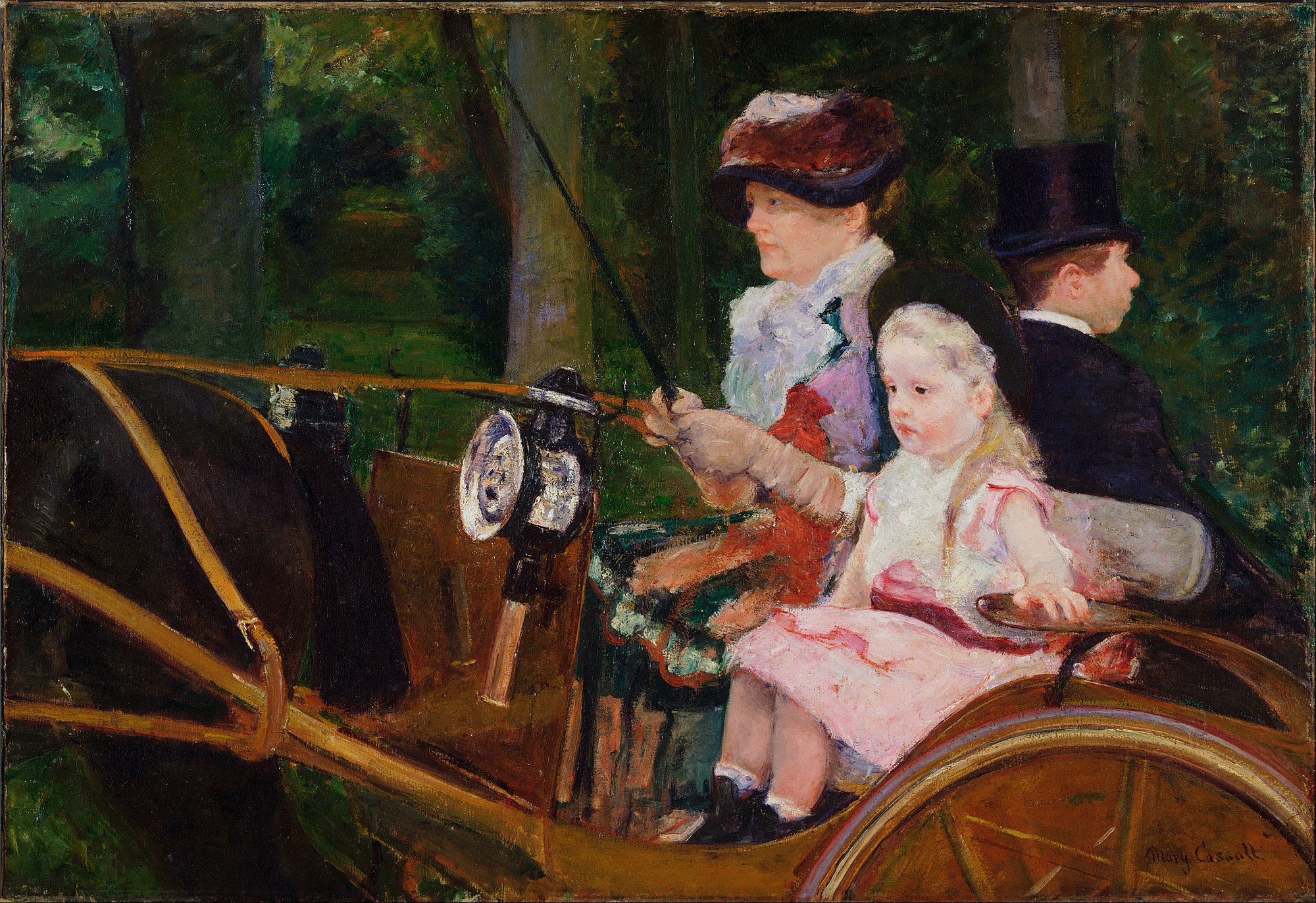
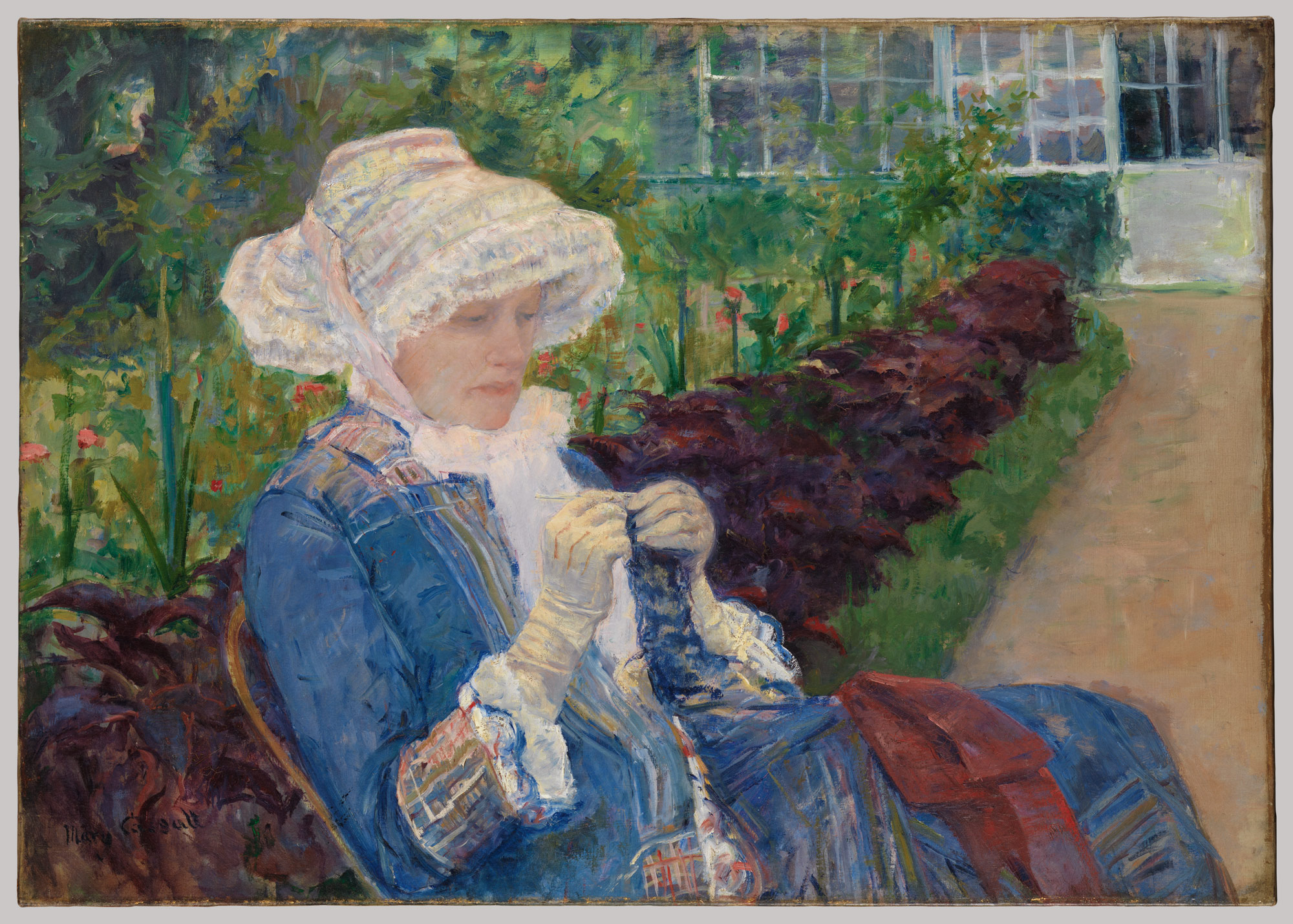
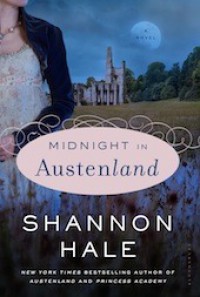



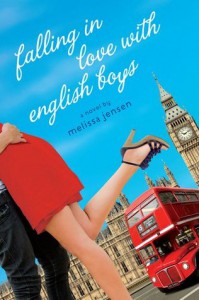






 2
2




